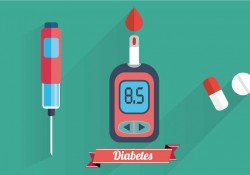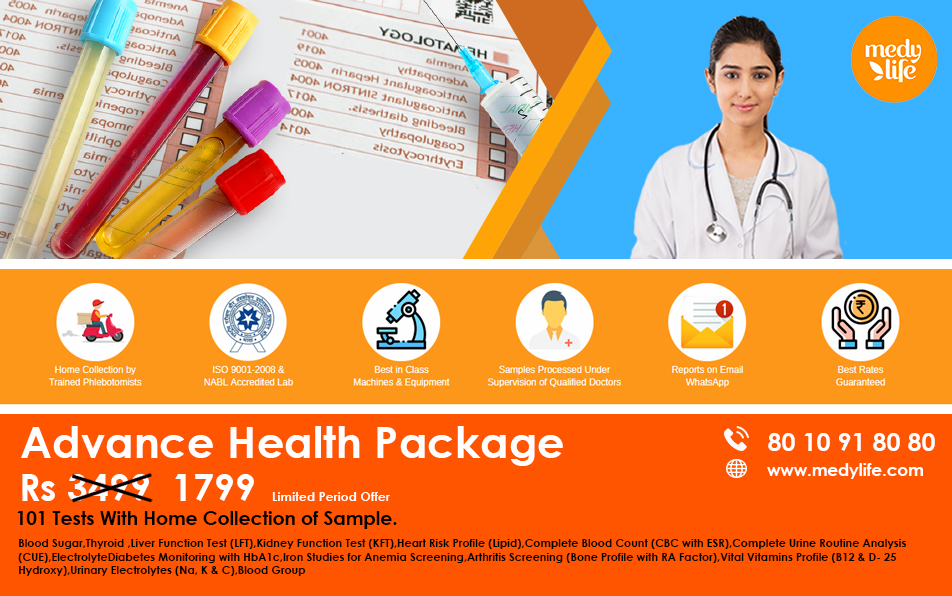
Diabetes, cardiac problems top chronic ailments in city
22-01-2021 | Posted By: Admin | 1515 View(s)
Just 2.6% of Delhiites suffer from chronic illnesses, while a third of this population suffers from diabetes, followed by hypertension, cardiac diseases and respiratory ailments. This was revealed by the socio-economic survey carried out by Delhi government, which covered over one crore people.
The survey conducted by 6,000 field workers covering more than 20 lakh households also revealed that 72.8% Delhiites got medical treatment from government-run hospitals or dispensaries and 27.2% of the population visited private hospitals or clinics. The survey was conducted between November 2018 and November 2019 and finalised in November last year.
Among those suffering from chronic and persistent illnesses were 50.3% male and 49.7% female patients. The highest proportion of the population with chronic illnesses (36.3%) was found suffering from diabetes, followed by 21.7% from cardiac illnesses, including hypertension and blood circulatory disease, and 9.2% from respiratory diseases. Other illnesses included TB, thalassemia and cancer. In all, 24.3% people were reported suffering from joint pain, arthritis, etc.
Most diabetes patients were reported from Central district (43.3%), while the highest proportion of cardiac patients were in North West district (26.2%). The highest number of patients with respiratory disease were reported from North district (11.6%).
Among males, 37.1% had diabetes as chronic illness, compared with 35.5% in females. The proportion of other illnesses, including joint pains, was 23.5% in males and 25% in females, while cardiac illness was higher in females (25%) compared with males (23.5%).
According to the survey, 77.5% of children in the age group of 0-5 years had received or were receiving the vaccination.
The highest proportion of the population getting medical treatment from public healthcare facilities was in the North East district (78.4%), followed by North district (77.2 %). On the other hand, 37% of the population in South-East district preferred getting medical treatment at private healthcare facilities, followed by East district (30%).
The study mentioned that 69.8% of the population used public transport, including Delhi Metro and buses, to commute to their workplace, educational institutions or other destinations. The section of the population that used personal transport was 15.7%, including 15.4% that used two-wheelers and 0.3% that travelled by cars. The top three districts where the number of people using personal vehicles was Shahdara (21.5%), East (18.4%) and West (16.5%) districts.
The largest number of Delhi Metro users were in New Delhi district (10.9%) and the highest proportion of bus users in North district (75.2%). Public buses (68.3%) were the preferred mode of transport for the female population, followed by shared autorickshaw, e-rickshaw or cabs (14.9%), two-wheelers (6.8%) and Delhi Metro (6.7%).
The survey revealed that the effective literacy rate (for people aged 7 years and above) was 88.5%, whereas the crude literacy rate (for all ages) was 85.8%. Most children in the age group of 6-17 years were reported to be enrolled in educational institutions (90.2%), while 52.5% were studying in Delhi government-run schools.
Among the 9.8% children in the age group of 6-17 years who had dropped out of school, discontinued education or had never attended an institute, the predominant reason was financial constraint (29.2%). Among the children in the age group of 0-6 years, 55.4% children were reported to be attending Anganwadi centres.
In all, 43.3% of senior citizens were reported to be receiving a pension from the Delhi government, while 47.2% of pregnant women were attending Anganwadi centres for availing healthcare.
Source:The Times of India










